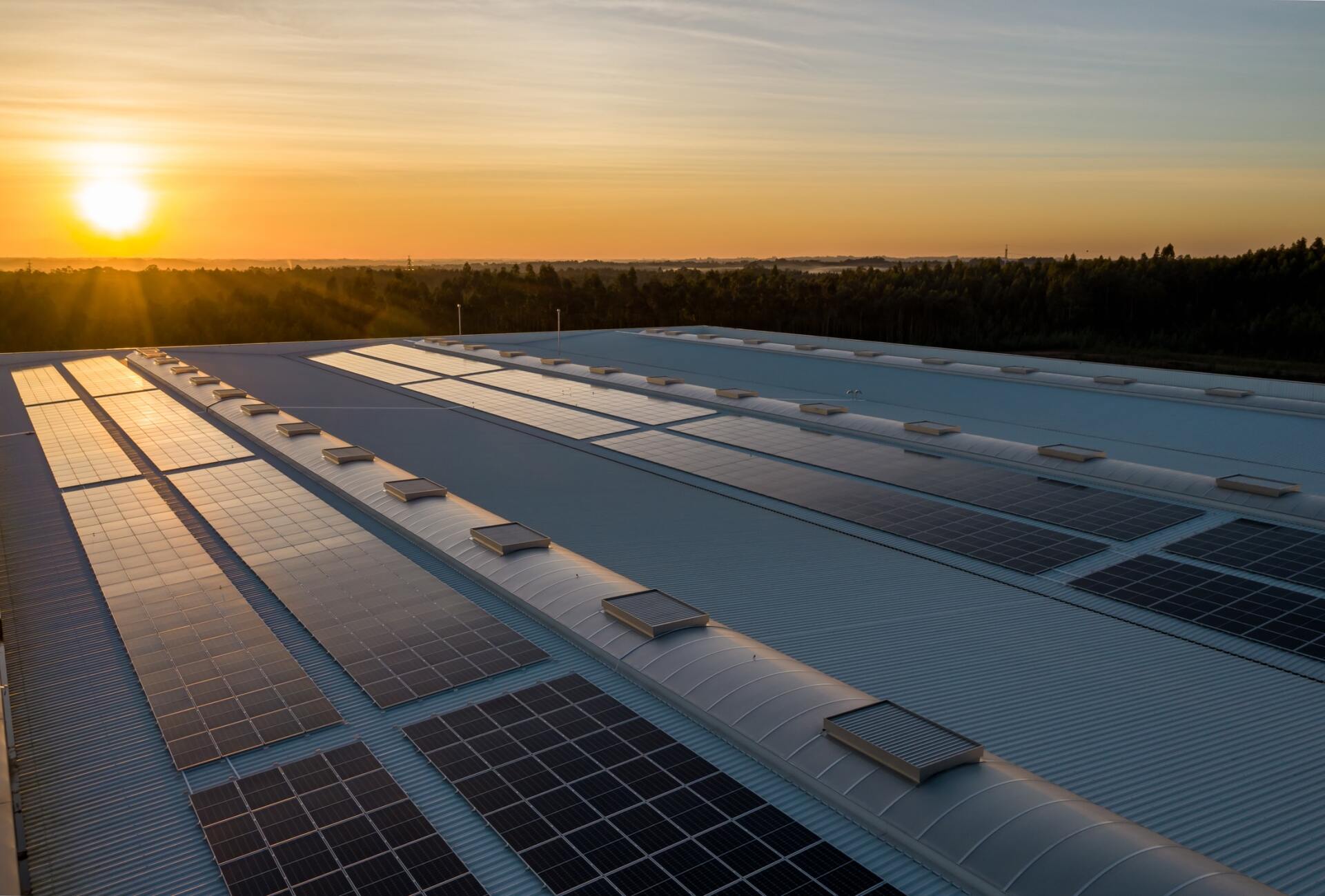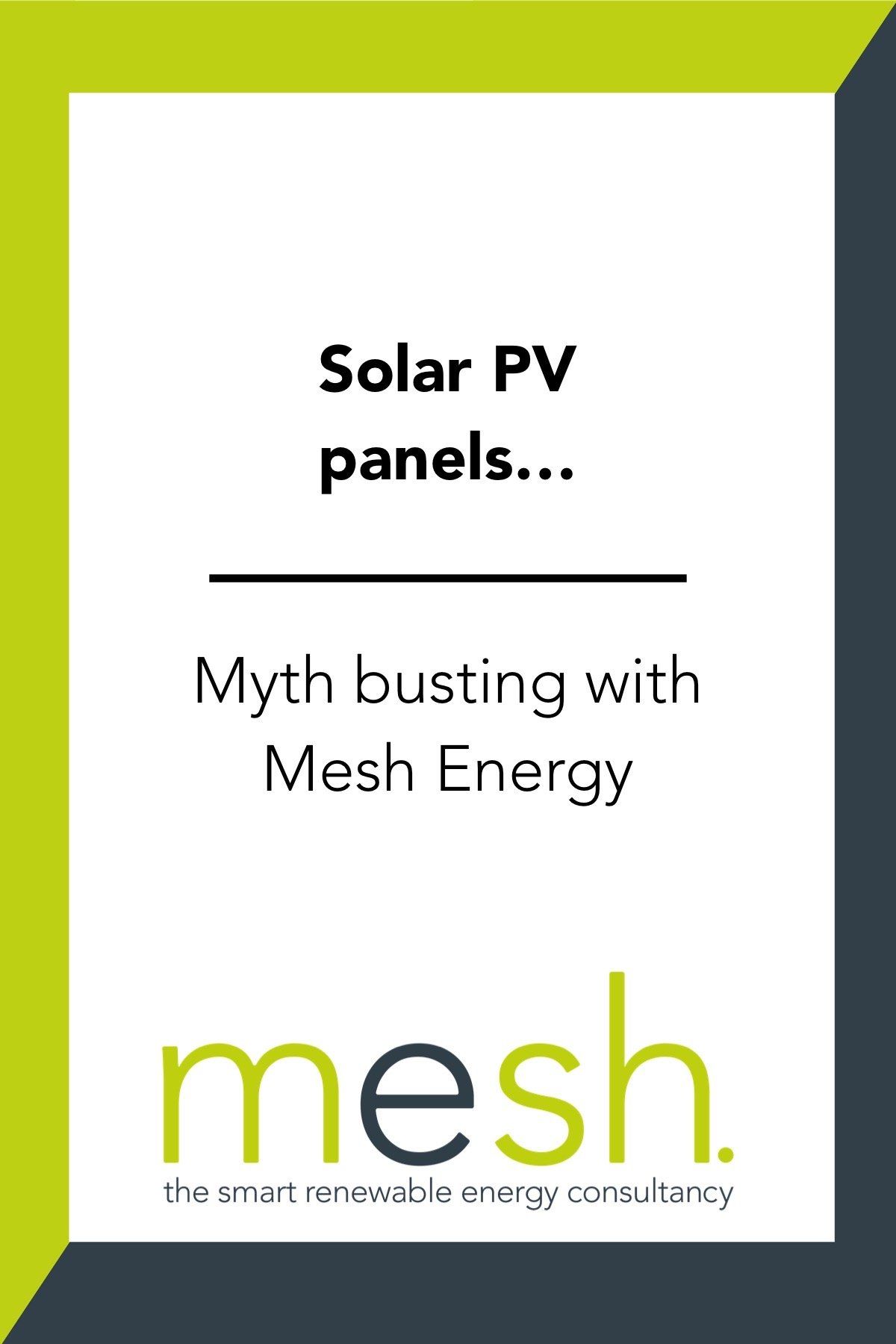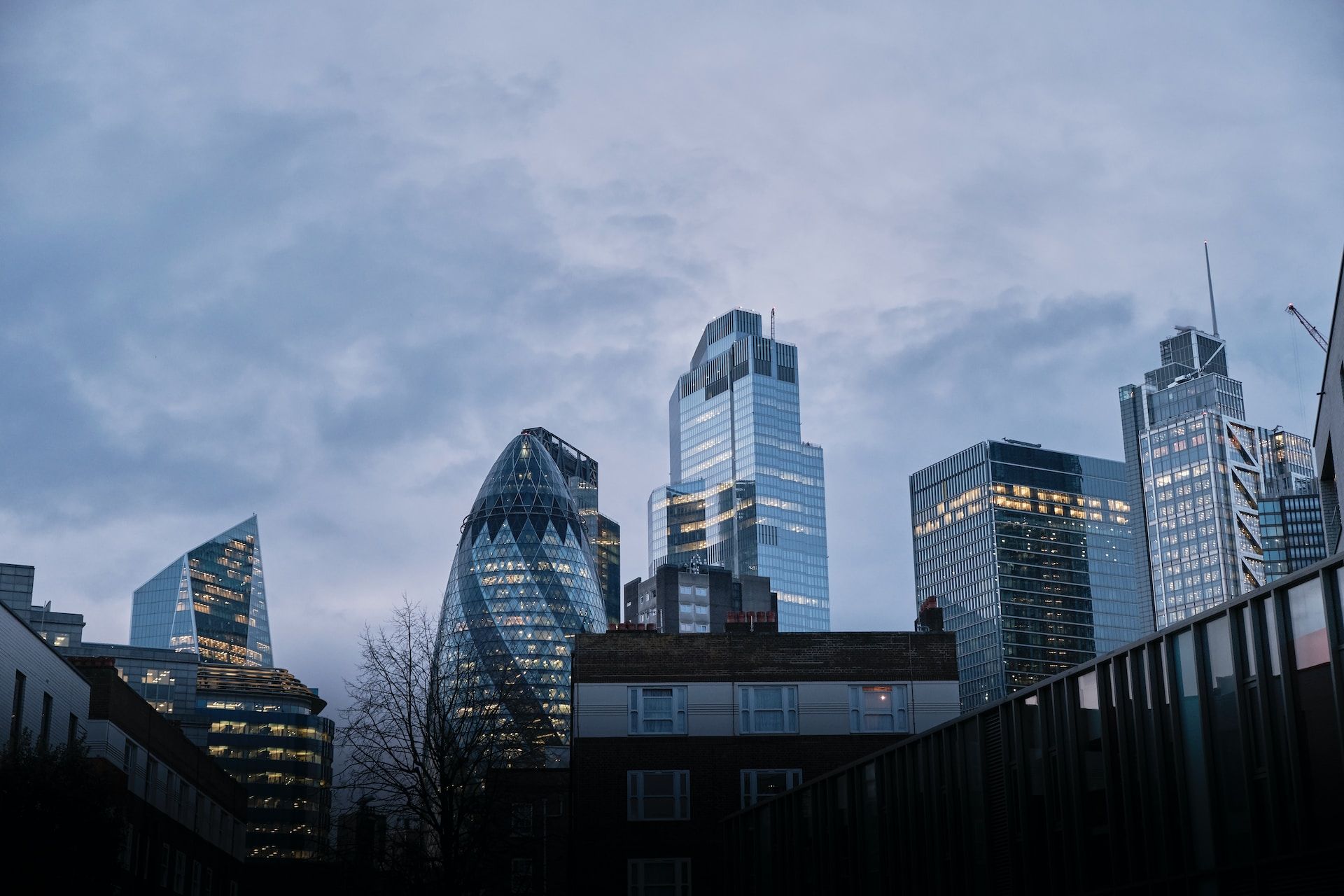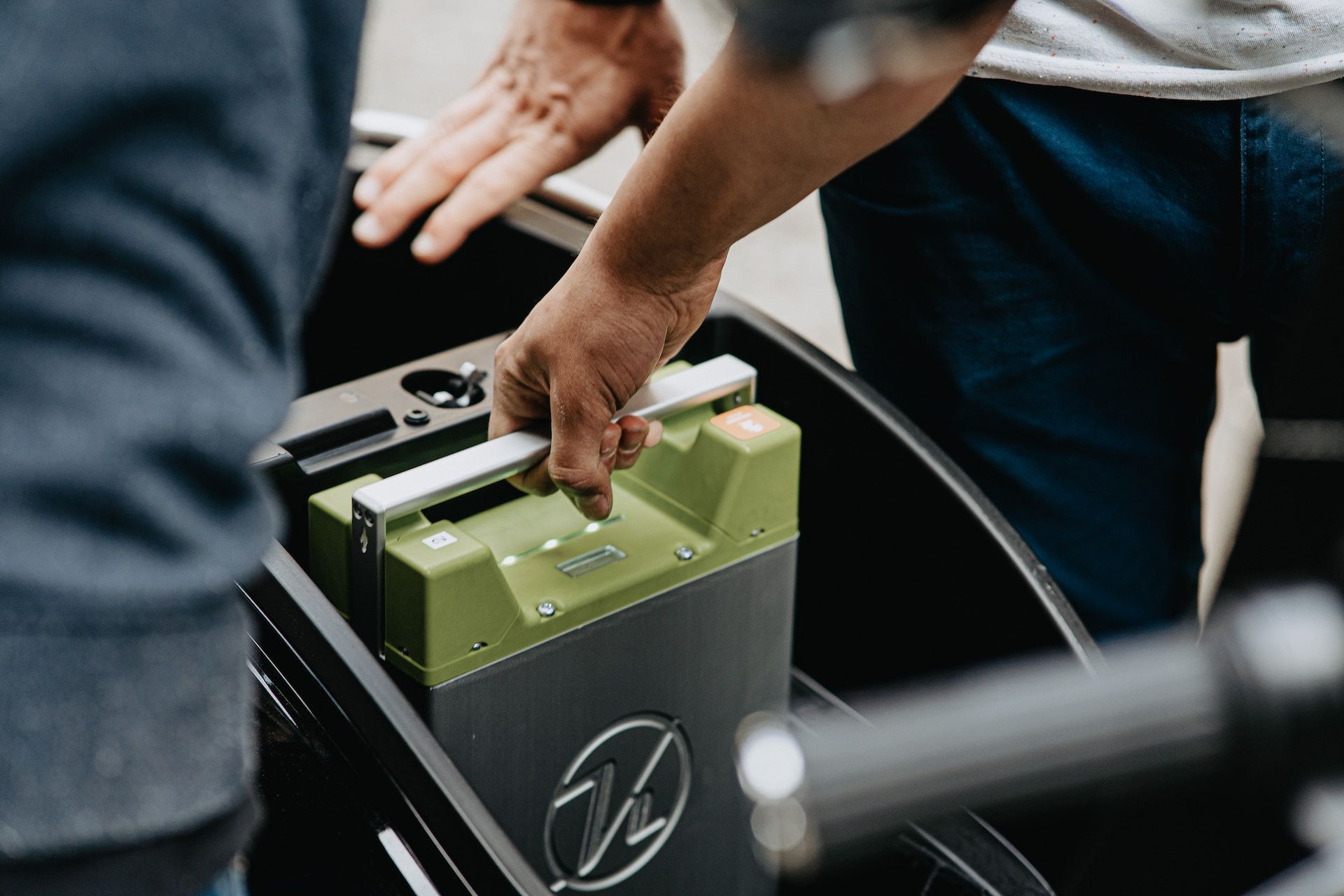Solar PV Panels: Myth busting with Mesh Energy
Solar photovoltaic panels are now widely recognised as playing a part in decarbonising the UK, having adorned over 950,000 UK roofs to date.
Solar PV in the UK has been on a bit of a rollercoaster for the last 15 years, but the economic model for the domestic market has slowly turned back around in favour of the consumer. But, for many, the financial benefits and practical facts concerning solar PV are still not fully understood.
So, Mesh Myth Busters to the rescue again!
Myth 1: It will take me 20 years to get my money back
This was true back in 2007, but now most people installing PV on their homes today enjoy a 7-10% return on the money they have invested, equating to 10-14 year payback. With a battery installed, for some users this can be reduced further by storing daytime electricity and using it at night. There is currently no government subsidy and careful planning should be done to make sure that excess solar PV is not installed and money/resources wasted.
Myth 2: Solar panels are ugly and unsightly
Whilst on-roof systems can be classed as a bit obtrusive, there are a number of solutions to combat the 'eyesore'. The simplest and most cost-effective solution is to buy dark coloured panels with black anodised frames. For some, this softens the look enough to make it acceptable at little extra cost.
If you have a little more money to spend, roof integrated panels can be installed; both saving on roof tiles and not protruding from the roof. These systems are best camouflaged on slate roofs or dark tile roofs due to the blue/black colour of the PV crystals.
For those with deep pockets, solar tiles which can be easily matched to slate roofs are the deluxe solution.
Myth 3: I need more roof space
Many people are unaware that panels can be mounted on the ground or on outbuildings. All manner of creative solutions have been implemented across the country to place panels away from the main home and yet still generate power and a healthy income.
If you have an area of ground at the end of your garden hidden from view and not shaded by trees during the day, there is a possibility you can place a ground array there. For some, mounting systems on the ground allows them to benefit both from a due south facing array, and an optimised angle of tilt toward the sun. This option negates the constraints imposed by the pitch of your roof.
Myth 4: Solar panels can only be installed on a south-facing roof
Very few people have a due south-facing roof and this is really not an issue. If your roof faces 45 degrees from due south (SE or SW) you only lose around 4% on generation. In fact, even if the roof faces due east or due west you still only lose around 10-12% of maximum capacity. As long as the panels are not put on a Northerly facing aspect of the home you can still generate significant sums of energy throughout the year.
Myth 5: Solar panels don't work in the UK - it's too cloudy
This is a very common question for most installation companies but, again, it is another complete myth. Solar panels rely on ambient brightness and do not need direct sunlight and clear blue skies to operate efficiently. Many days in the UK are cloudy but bright and, as a result, yields remain high all year round. Even my solar array at home produces energy on all but a handful of days a year. Often, the only days it doesn’t is when snow is covering them!
Myth 6: You make more money returning electricity to the grid
Many people think that money is made from solar panels by selling energy back to the grid. The reality is that there is no way, in a standard installation, to measure returned energy to the grid; let alone get paid for individual home export readings.
Now that the feed-in tariff is a distant memory, small amounts of money can be made using the Standard Export Guarantee (SEG) when electricity companies pay you a few pennies for every Kilowatt hour exported.
Using electricity at source is where the real returns are made at present. Electricity produced from the solar PV panels will naturally be used by appliances in the home before going to the grid, hence reducing your imported electricity bill. Electricity used at source in this way saves you 13p-15p per Kilowatt hour and is way more effective than selling back to you electricity company.
So, there you have it! We hope this post has helped to bust some common myths and that you now have more confidence in your decision making for your purchase of some solar PV panels. Good luck!
If you still have any questions about solar PV,
please don't hesitate to
contact the Mesh team today.
SHARE THIS POST WITH YOUR NETWORK






